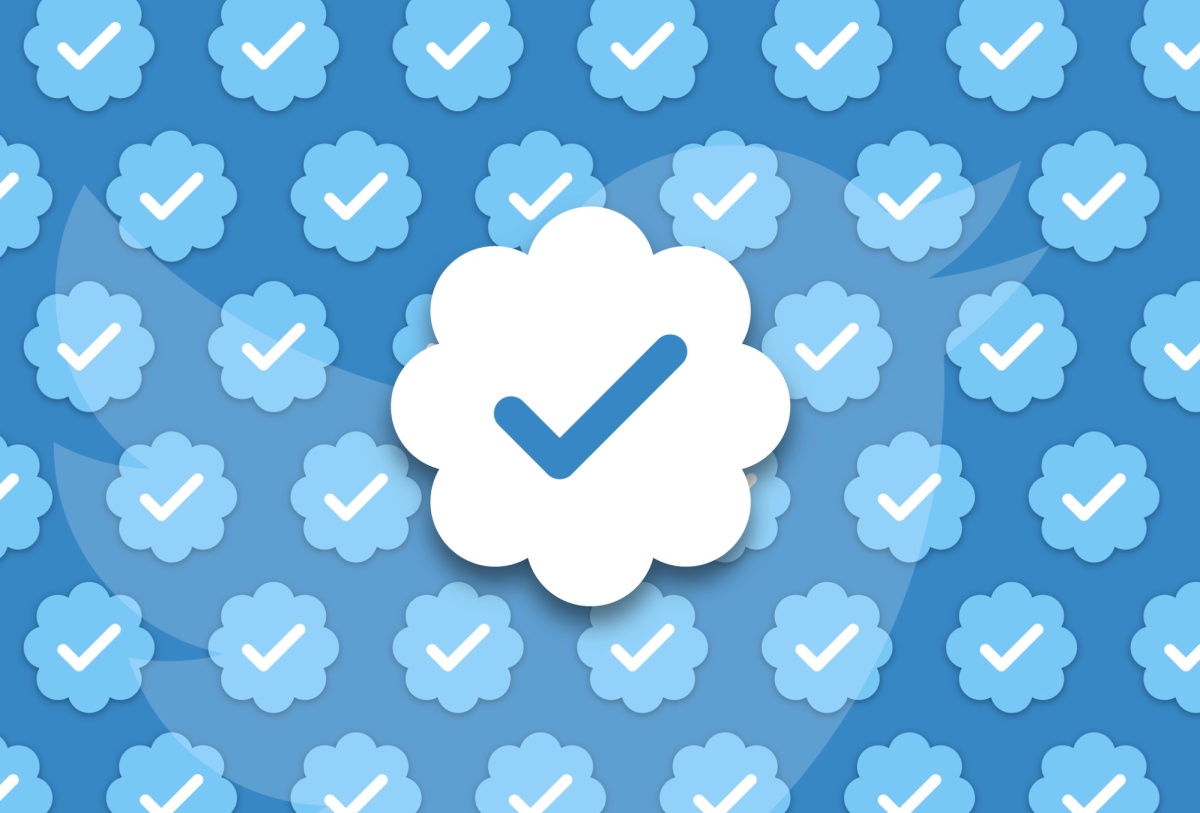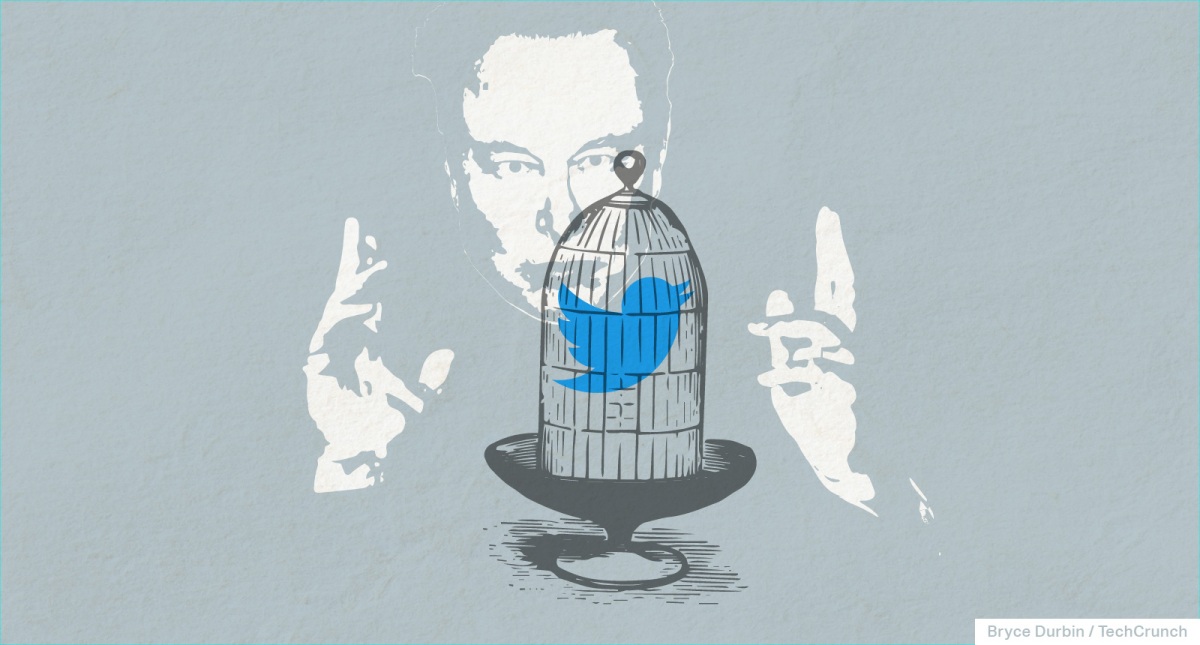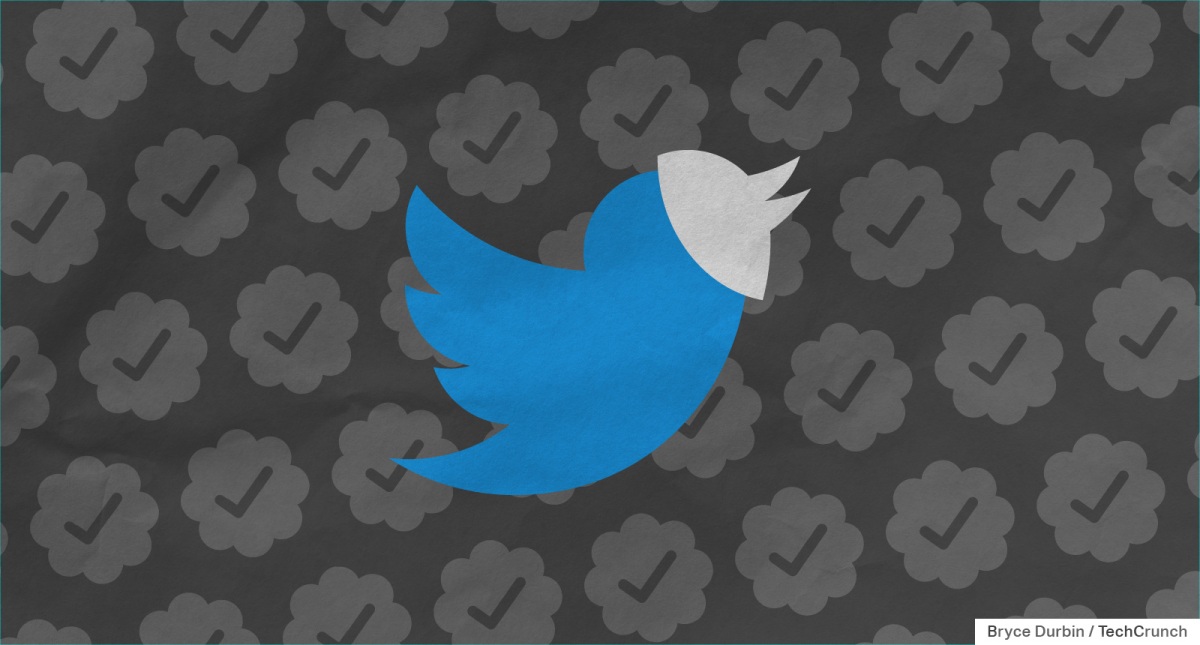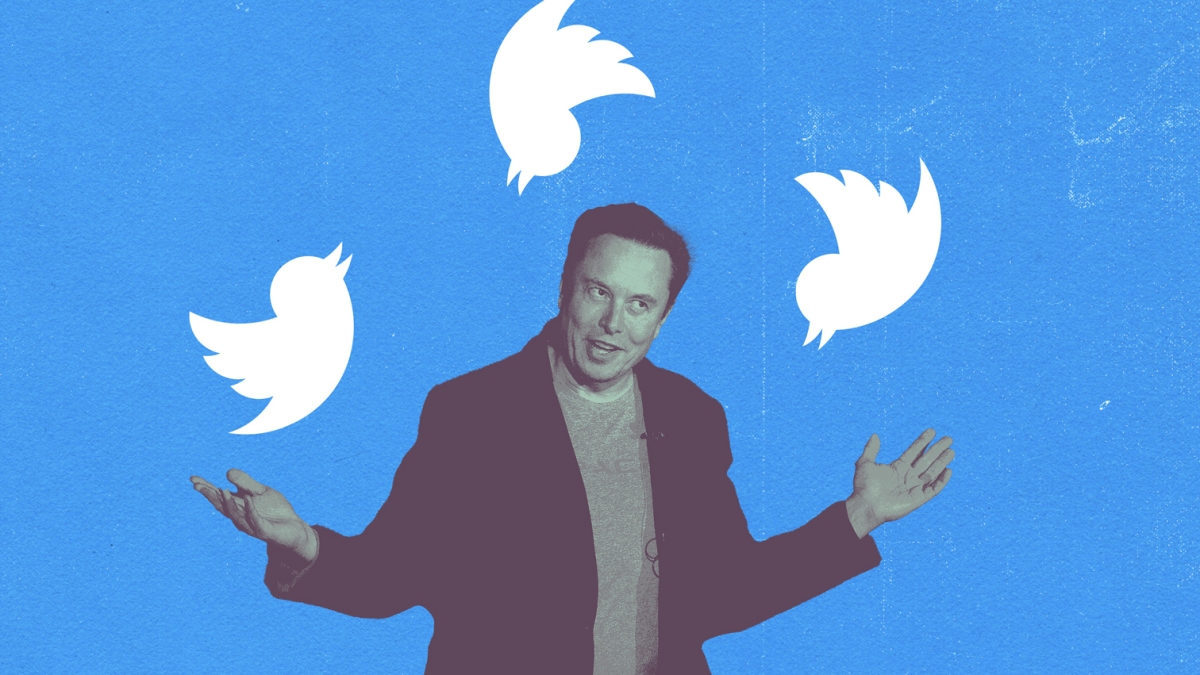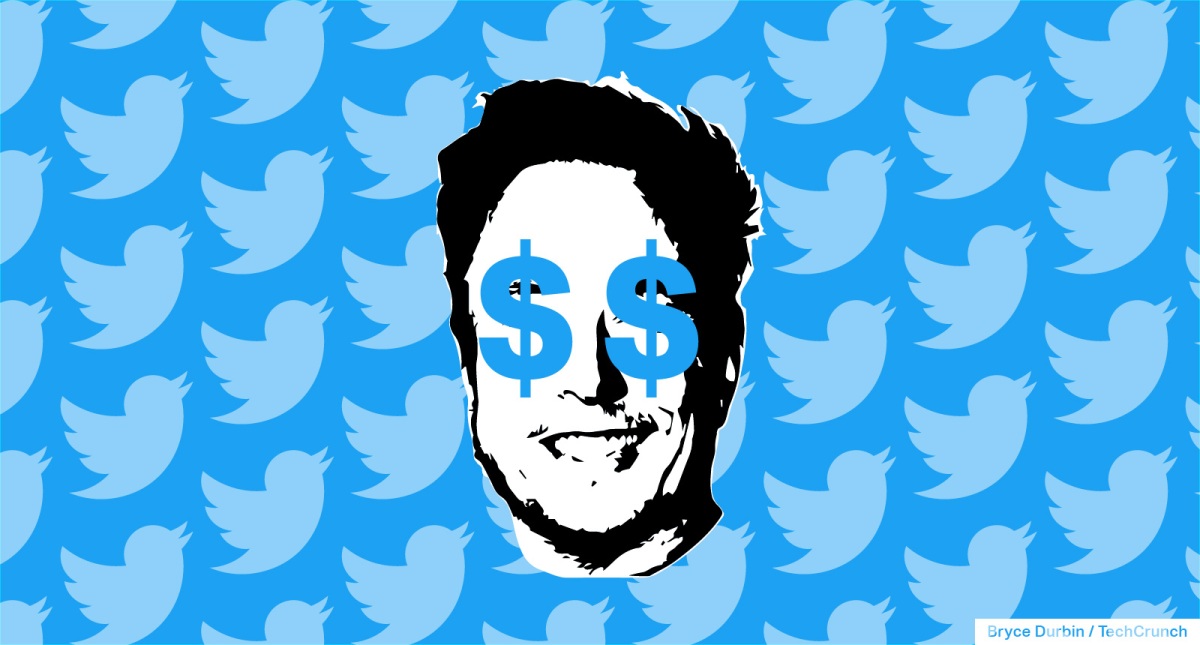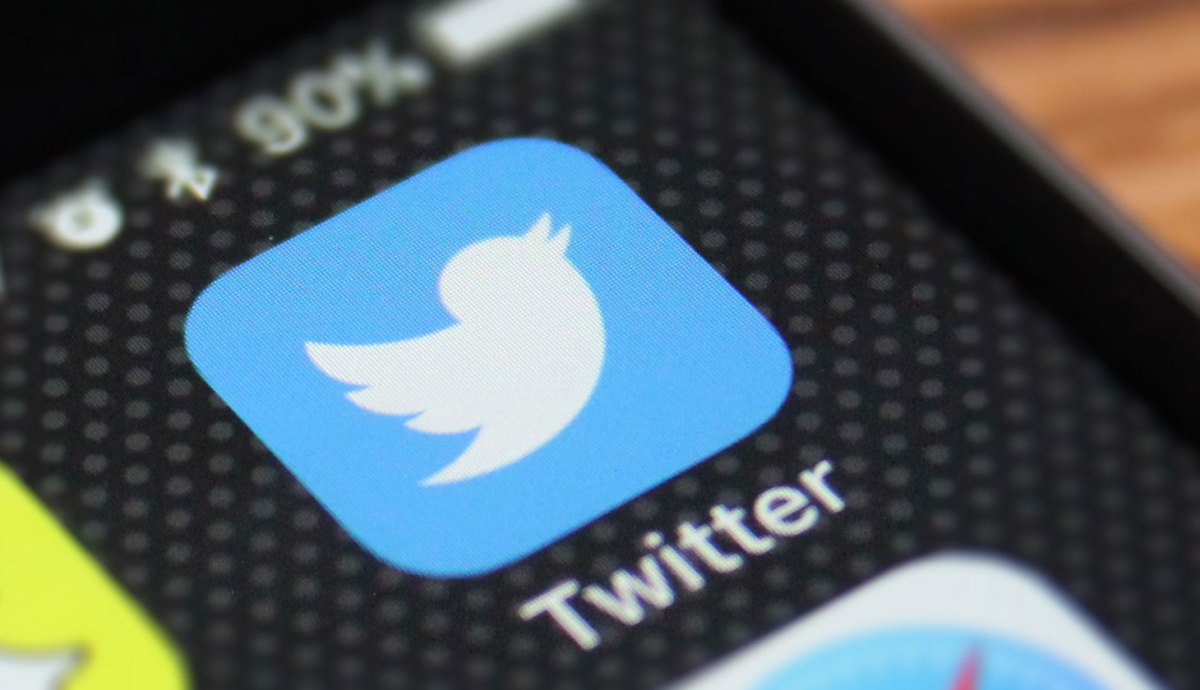Twitter’s head of Safety and Integrity Yoel Roth admitted in a Twitter thread that the company may have to further invest in “identity verification” that goes beyond the paid verification system that will accompany its revamped Twitter Blue subscription. Under Elon Musk, Twitter has rushed to release a new version of its Twitter Blue subscription whose key selling point will be the ability to purchase a verification badge by paying $7.99 per month. This change is meant to make Twitter verification more accessible to users who previously couldn’t get verified under Twitter’s old system, which only doled out the coveted blue-and-white badge to public figures, celebs, politicians, journalists, and other high-profile individuals. Twitter’s prior system vetted who received the checkmark through an internal process that would confirm the person was who they said they were, so other users on Twitter could be assured of that public figure’s identity. Now, Twitter seems to realize that real identity verification — the kind that can’t be bought for $8, that is — actually has its advantages. But it’s unclear where Twitter would draw the line in terms of who would require their identities to be further verified or how that would be accomplished. In a thread where Roth attempted to explain Twitter’s differing policies around parody (which is permitted), and impersonation (which is not), he also detailed how the company would tackle a situation where a number of verified, blue-badged accounts engaged in impersonation. This led to him sharing his thoughts about identity verification on Twitter, as well. Verification! Impersonation! Twitter Blue! There’s a lot going on around identity on Twitter — let’s break down what our policies are, and some of the big questions we still need to answer… — Yoel Roth (@yoyoel) November 8, 2022 The thread came about because large-scale impersonation is something that recently happened to Elon Musk himself. This week, a number of verified celebrities appropriated Musk’s screen name and profile picture to troll him. Musk responded by announcing a ban on any accounts pretending to be someone else and even booted one of the impersonators — comedian Kathy Griffin — off of Twitter entirely. (She later returned to the platform by using her late mother’s Twitter account.) Roth said that going forward, Twitter will deal with impersonation conducted by verified users as it has in the past — it would suspend those accounts engaging in the practice. When the new Twitter Blue subscription launches publicly, however, impersonation could become more difficult to enforce if there’s an increase in verified users for Twitter to keep its eye on. To address this, Roth said that Twitter will “ramp up proactive review of Blue Verified accounts that show signs of impersonating another user,” and then suspend them, if found. He also called for Twitter users to also report accounts engaged in impersonation. Of course, Roth’s Trust & Safety team has seen layoffs following Musk’s Twitter takeover, potentially making such enforcement a challenge. While the exec claimed that his team only saw 15% cuts, compared with 50% cuts for Twitter overall, it’s clear that many teams that played vital roles around managing misinformation on the service were impacted – including those that dealt with election integrity and public policy. It’s not understood how well the newly under-staffed teams would be able to keep up if a large number of users decided to engage in impersonation after becoming verified. Because of the potential for abuse, Twitter decided to delay the rollout of the revamped Twitter Blue system until after the U.S. midterms elections on Tuesday, The New York Times reported this weekend and Roth has now confirmed. What’s more, is that Roth seems to admit that simply asking users to pay for their blue badge isn’t a very robust form of identity verification and that Twitter may need to do more in this area in the future. (You know…like it used to, back when verification meant something more than “I have $8!”). Roth explained Twitter’s older system made verification both a signal of authenticity (you are who you say you are) and notability, meaning you’re important in some way. The exec said he supports getting rid of notability and instead focusing on “proof-of-humanness” — something that the $8 paid subscription feed could help with as it could weed out spammers and bad actors who don’t want to pay or go through the fraud checks involved with in-app purchases on the major app stores. However, Roth hinted that paid verification alone cannot work to verify identities entirely, suggesting that Twitter will need to do more work on this front in the future. “Long-term, I think we need to invest more in identity verification as a complement to proof-of-humanness,” wrote Roth. “Paid Verification is a strong (not perfect) signal of humanness, which helps fight bots and spam. But that’s not the same thing as identity verification,” he said. Roth didn’t go into further detail about what Twitter may need to do differently beyond paid verification through Blue to accomplish identity verification. Long-term, I think we need to invest more in identity verification as a complement to proof-of-humanness. Paid Verification is a strong (not perfect) signal of humanness, which helps fight bots and spam. But that’s not the same thing as identity verification. — Yoel Roth (@yoyoel) November 8, 2022 His statement, however, raises questions about what Twitter could have in mind here. Today, a number of social networks have begun to embrace facial recognition and A.I. to verify their users, which has raised privacy concerns. Instagram, for example, uses A.I. to scan “happy birthday” posts to see if a child may have lied about their age at sign-up. Yubo is asking all the users on its platform to verify their age with a facial scan. While those methods are focused on making sure minors haven’t lied about their ages on the platform, they could be put to use for other purposes. Video, in particular, comes in handy for identity verification — even Amazon was
